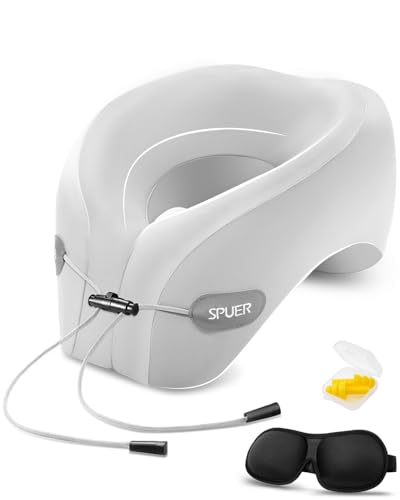I'll tell you, TBike, what the problem is. The problem is that it is very hard to *demonstrate* the degree to which crappy food service is driving away customers and reducing ticket income. There are so many variables affecting ticket income that the best you can do is make an educated guess. I'm quite certain that crapifying the food service is losing more money in tickets than it saves in costs, but how do I *prove* it?
the Star's revenue was down from $33.1 to $29.3 million year over year, or a decline of $3.8 million. Costs are down from $77 million in FY 2015 to $63.1 in FY 2016, a savings of $13.9 million. During the same period, the Meteor's cost savings were $2.8 million, so it seems the diner cost slightly over $10 million to run. So Amtrak comes out ahead by about $6 million for the year.
Where are you getting $10 million to operate the dining car per year? Remember the diner is not the only thing the Silver Star lost, there was also formerly a second locomotive. That saves money too, it's not just the diner. I'd really like to see numbers (anyone?) on what that costs annually, because those savings combined with the revenue loss greatly closes the gap between dining car expenses and income (when revenue loss is considered).
One comparison of the STAR and Meteor may be this past Thanksgiving season. The Star kept its usual consist of 3 - 4 coaches and 2 sleepers. The Meteor on the other hand had up to 4 sleepers and 5 - 6 coaches. There were some days Meteor had 13 cars. Now that is not a complete parallel as there are different north and south Carolina stations. Plus the extra Tamps stations for the Star. Star did have a few more sell outs but with the restricted consist ? ?
If appears that on this dual service ( actually there is also the Palmetto ) routes there is requirements for both diner lite ( or just snacks ) and full service diners. The full service diners do suffer from enough diner crews and the inability to restock enroute and often exclude coach passengers due to lack of meals. There were several reports of same during Thanksgiving.
Note adding the Meteor and Palmetto riders together gives some indications but just what ?
Amtrak directly controls both train capacity and pricing, along with other factors (marketing, amenities, etc.), and this can make a tremendous difference in both revenue and allocated costs.
I don't understand why dining car service can't be evaluated like any other product Amtrak offers. .. But if it's a money loser, can't be fixed and it doesn't have a meaningful impact on ticket revenue, cut it, scrap it or contract it out and take it off the books.
By that reasoning, the trains should stop altogether. Now.
Big difference between providing train service (Amtrak's primary goal) and providing "better" meal service. Amtrak steaks should not be a requirement on Amtrak trains and something taxpayers should have to pay for when cafe car food is acceptable to many passengers.
Nobody has said steaks are a requirement, that's a straw-man argument. What is a requirement, for trains which are on the move for many hours or even several days, is food service of reasonable price, selection, and quality. Lounge (cafe) car fare may be acceptable, but is it desirable; Is it something which will make people more likely to travel by train (because ticket revenue is far more important than cafe sales) or rather dissuade potential passengers? Point is, you cannot look at food service in isolation. Plenty of (often first-class) travel options in all modes of travel (train, plane, ship, etc.) offer complimentary meals, which is more than made up in higher ticket prices.
Does it not seem strange to anyone else that an organization which loses money and thus needs all the revenue it can possibly get would pursue a business plan which calls for reduced fares (and hence revenue)? Wouldn't you instead expect the company to offer greater amenities and services so it can command higher ticket prices? You cannot make food service a profit center (or break-even), that's impossible regardless of what Joe Boardman told Congress, so the amenity should be used to drive higher revenue and improved customer service (not something just 'acceptable' that people put up with).
What those numbers do not show is the long term effect that it has on ridership. I personally think consistent customer service is the #1 way to win long-term customers. After that... providing good quality food and beverage service should be the next priority. That doesn't have to mean full service dining cars, but I don't think any passengers are fully satisfied with the current offering on the City of New Orleans, Silver Star, Lakeshore, and Cardinal.
I'll be willing to bet you an Amtrak steak that plenty of LD passengers can live with cafe car food and don't have to have Amtrak steaks to enjoy the ride.
Plenty of LD passengers could
live with an unsedated colonoscopy instead of dinner, but that doesn't mean it would make them satisfied passengers who will return and tell everyone what a great way trains are to travel. Just because you were satisfied with lounge car food doesn't mean
everybody else was.
Granted, the dining car service could really use more coach passengers as customers (assuming adequate capacity; perhaps extended service hours). if Amtrak truly wants to 'experiment' with food service options (in principle, that's a good thing) then it should include tests to increase dining car revenue, and not solely ways to cut costs.














































